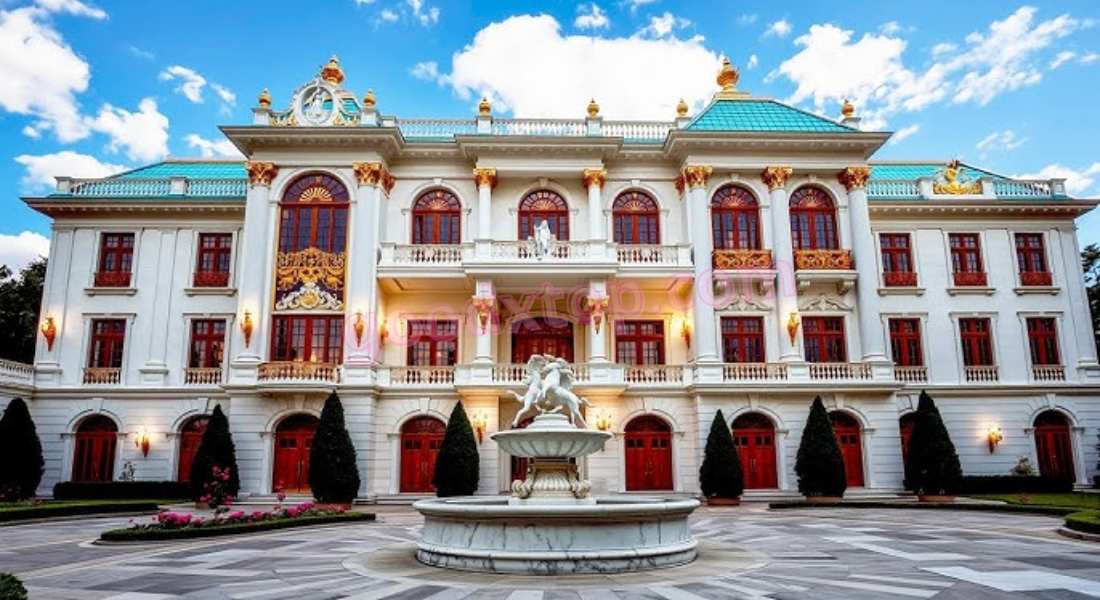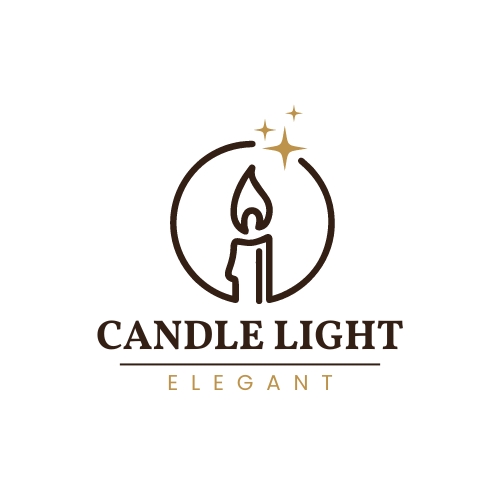Blog
Luxury Baroque Villas: A Timeless Blend of Opulence and Classic Elegance
Baroque architecture, with its extravagant details, dramatic flair, and rich history, has long been a symbol of wealth and grandeur. Among the most impressive expressions of this artistic style are luxury Baroque villas. These stunning properties, often nestled in scenic landscapes or perched on rolling hills, continue to captivate those with an appreciation for beauty, sophistication, and history. Combining architectural brilliance with opulence, luxury Baroque villas represent the epitome of classic elegance, standing as timeless works of art.
In this article, we will explore the fascinating world of luxury Baroque villas, diving into their historical origins, key architectural features, lavish interiors, and the reasons these palatial estates remain in high demand. From their majestic facades to their richly adorned interiors, Baroque villas stand as icons of luxury, ensuring that their legacy lives on for generations to come.
Understanding the Baroque Style
The Baroque style emerged in the early 17th century in Italy, spreading across Europe and becoming one of the most dominant artistic movements of the time. Baroque architecture was characterized by a desire to impress, evoke emotion, and showcase power. The style evolved as a response to the more restrained and harmonious designs of the Renaissance, introducing a more dynamic and dramatic approach to buildings and their decorations. Luxury Baroque villas were often commissioned by the elite and aristocratic families, who wanted their homes to reflect their social status, wealth, and refined taste.
Baroque villas were built as both a retreat from urban life and a symbol of power. They were places to entertain, relax, and immerse oneself in the arts. The design of these villas often emphasized symmetry, balance, and grandeur, with every detail meticulously crafted to create awe and admiration. Even today, these villas remain synonymous with opulence, creating an atmosphere of timeless luxury.
Historical Significance of Baroque Villas
Baroque villas have a fascinating history that dates back to the early 1600s. During the Italian Renaissance, many noble families sought a more refined and tranquil lifestyle, moving away from the chaos of the city and into the countryside. This led to the construction of country estates and private villas that combined architectural magnificence with the peaceful serenity of nature.
Many of the greatest architects of the time were involved in the design of Baroque villas, including Gian Lorenzo Bernini, Francesco Borromini, and Andrea Palladio. These villas were often located in regions such as Tuscany, Lombardy, and the surrounding areas of Rome, where wealthy aristocrats built their lavish retreats. The villas were not only residences but also centers of culture, where artists, philosophers, and politicians gathered for intellectual and social engagements.
Some of the most iconic Baroque villas, such as the Villa Borghese in Rome and Villa d’Este in Tivoli, are still standing today, and their intricate designs continue to inspire admiration. Over the centuries, luxury Baroque villas have evolved, incorporating elements of Rococo and Neoclassical styles, but they have always maintained their core identity: dramatic, artistic, and steeped in luxury.
Key Architectural Features of Luxury Baroque Villas
Luxury Baroque villas are renowned for their extraordinary architecture, which combines grandeur with intricate details. The design of these villas was meant to captivate the senses and leave an enduring impression on anyone who visited. Below are some of the defining architectural elements of luxury Baroque villas:
1. Imposing Facades
The facades of Baroque villas are typically elaborate and ornate. Architects used intricate carvings, decorative moldings, and bold shapes to give the building a sense of movement and drama. The facade often features a central, symmetrical design with large windows, intricate doors, and sculptural elements such as columns, arches, and balustrades. These features create a striking visual appeal, emphasizing the wealth and social status of the villa’s owners.
2. Grand Staircases and Entrances
As a symbol of prestige, grand staircases are a hallmark of luxury Baroque villas. These sweeping staircases are designed to impress, often crafted from marble or other luxurious materials, and adorned with intricate railings and sculptures. The entrance to the villa, whether a magnificent front door or an elaborate foyer, is often equally dramatic, setting the tone for the entire property.
3. Symmetry and Balance
Baroque design incorporates the use of symmetry and balance, often arranged around a central axis. The layout of the villa and the placement of key architectural features—such as columns, windows, and doors—follow strict symmetrical principles. This helps create harmony within the space, despite the otherwise dynamic and ornate design elements.
4. Elegant Domes and Ceilings
Luxury Baroque villas frequently feature large domed ceilings or vaulted roofs. These soaring ceilings create an expansive sense of space while also allowing for intricate frescoes and decorative work. Painted ceilings, often depicting religious or mythological scenes, are a quintessential feature of Baroque villas, turning the ceiling itself into a canvas for art and creativity.
5. Sprawling Gardens and Grounds
The grounds surrounding luxury Baroque villas are just as important as the architecture itself. Elaborately designed gardens, often inspired by classical principles of symmetry, reflect the villa’s grandeur. Fountains, elaborate water features, and carefully arranged flower beds are common in Baroque estates, offering a serene environment for relaxation and social gatherings.

Opulent Interiors of Luxury Baroque Villas
Step inside a luxury Baroque villa, and you are immediately enveloped in a world of sophistication and wealth. The interiors of these villas are meticulously designed to reflect the opulence of the exterior. Every room is filled with intricate details, rich materials, and a sense of grandeur that extends from the floors to the ceilings.
1. Sumptuous Fabrics and Upholstery
The fabrics used in luxury Baroque villas are of the highest quality, often made from silk, velvet, and brocade. These luxurious materials are used for curtains, furniture, and upholstery, providing a soft, elegant contrast to the hard stone and marble surfaces. Rich, deep colors such as gold, burgundy, and royal blue are often used to add warmth and sophistication.
2. Art and Sculptures
Art plays an integral role in Baroque interiors. Baroque villas often feature original paintings, frescoes, and sculptures that enhance the villa’s cultural and artistic value. The walls are adorned with paintings that depict biblical, mythological, or historical scenes, while statues and busts of famous figures serve as focal points throughout the rooms.
3. Gilded Details and Chandeliers
Gold leaf, gilded moldings, and ornate details are common in Baroque villas, lending a sense of regal luxury to the space. These gilded accents are often found in furniture, picture frames, mirrors, and chandeliers. The lighting is also designed to be dramatic, with crystal chandeliers hanging from the ceilings, casting a warm and inviting glow over the lavish interiors.
4. Marble Floors and Fireplaces
Baroque villas often feature marble floors and fireplaces, which not only add beauty but also reflect the wealth of the owners. Marble, with its luxurious texture and timeless appeal, is used in entryways, living rooms, and bathrooms, enhancing the villa’s elegance. Elaborately carved stone fireplaces serve as focal points in living areas, with intricate mantels often featuring classical motifs.
Why Luxury Baroque Villas Remain Highly Desirable
Despite their historical origins, luxury Baroque villas remain highly sought after today. Their timeless elegance, grandeur, and rich cultural heritage make them incredibly attractive to wealthy individuals and collectors. The unique architectural features and artistic interior design provide a sense of living in a masterpiece, offering an unparalleled level of luxury and sophistication.
Furthermore, luxury Baroque villas offer a combination of old-world charm and modern amenities. Many of these villas have been expertly restored and updated, ensuring they meet the expectations of today’s discerning buyers. With sprawling estates, historic charm, and all the modern comforts, luxury Baroque villas continue to offer an unrivaled living experience.
Conclusion
Luxury Baroque villas are much more than just homes—they are a testament to the timeless beauty and grandeur of an architectural style that has withstood the test of time. From their dramatic facades to their lavish interiors, these villas offer an unparalleled experience of luxury and elegance. For those who seek the ultimate in sophistication, luxury Baroque villas represent a rare opportunity to own a piece of history, living in an estate that combines the artistry and opulence of a bygone era with the comforts of modern living.


